Bad credit doesn’t have to leave you stranded. Subprime auto loans offer a way to get behind the wheel when traditional lenders slam the door shut.
But here’s the catch: Approval comes at a price and if you don’t know the game, you could end up paying thousands more than you should.
High interest rates. Hidden fees. Aggressive repossession clauses. The subprime auto loan market isn’t built for your benefit. It’s built for theirs.
In this guide, you’ll learn how subprime auto loans really work, how to get pre-approved without getting ripped off, and how to find lenders who play fair even when your credit score is against you.
Because getting the car you need shouldn’t cost you your financial future.
Key Takeaways
Subprime Auto Loans: What to Watch Before You Sign
- Subprime auto loans are designed for borrowers with bad credit typically credit scores below 620.
- Deep subprime loans are for even lower scores (below 580) and come with much harsher terms.
- Getting pre-approved gives you more control and helps you avoid dealership pressure traps.
- Top subprime lenders include Ally Financial, RoadLoans, and Capital One Auto Finance.
- Deep subprime borrowers face higher interest rates and faster repossession risks caution is critical.
- Risks include sky-high rates, hidden fees, upside-down loans, and credit score damage.
- Smart moves like bigger down payments, co-signers, and comparison shopping can save you thousands.
Always understand the loan terms fully before signing or risk long-term financial damage.
Disclaimer: This site contains affiliate links. If you make a purchase, we may earn a commission at no extra cost to you.
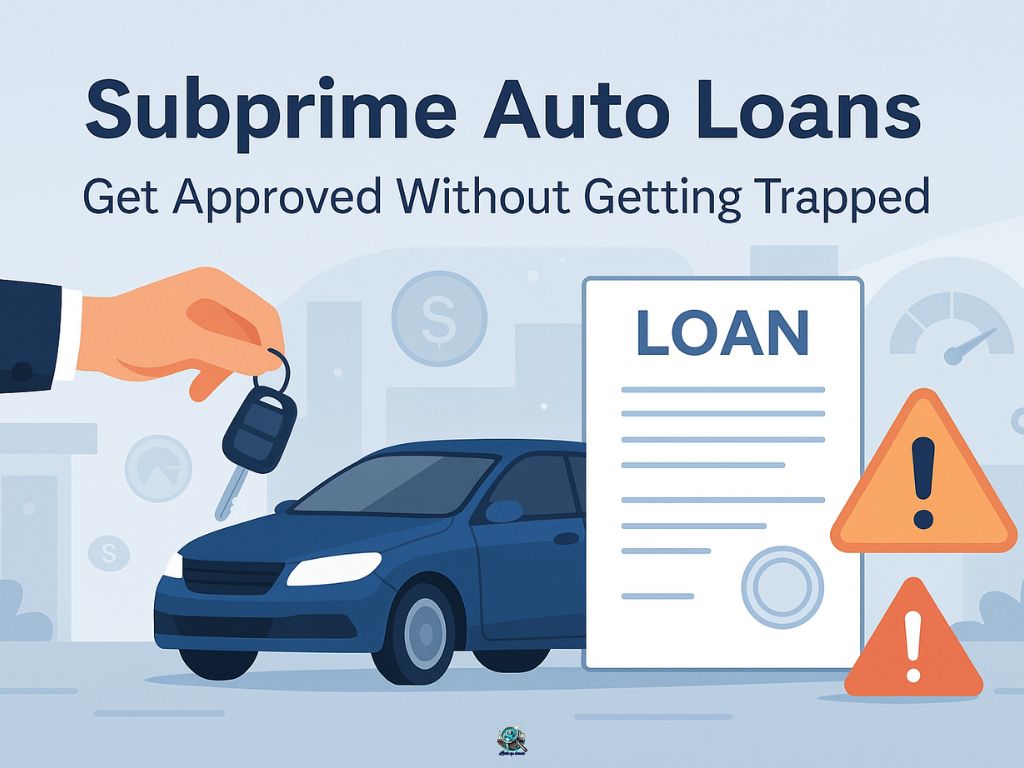
What Is a Subprime Auto Loan?
A subprime auto loan is a car loan designed for people with bad credit typically a credit score below 620.
When lenders see a low score, they see higher risk. To offset that risk, they charge you more: higher interest rates, bigger down payments, stricter loan terms.
If your credit score falls between 580 and 619, you’re generally considered “subprime.” If it’s below 580, you fall into the deep subprime category where loan terms get even harsher.
Here’s what makes subprime auto loans different:
- Higher interest rates: Lenders assume you’re more likely to miss payments, so they charge more to protect themselves.
- Lower loan limits: You might not be able to finance the full price of a car expect to cover more upfront.
- Shorter loan terms: Some lenders shorten repayment periods to reduce their exposure to risk.
Bottom line: Subprime auto loans make it possible to buy a car with bad credit but they make you pay heavily for the privilege.
According to Experian’s 2025 State of the Automotive Finance Market report, roughly 14 percent of all U.S. auto loans now fall into the subprime category. This underscores how common it is for borrowers with imperfect credit to still secure financing but it also highlights why lenders charge higher rates to offset risk.

📊 Comparison of Prime vs Subprime Auto Loans
| Factor | Prime | Subprime |
|---|---|---|
| Credit Score Range | 660+ | 580–619 (deep subprime <580) |
| Typical APR | 4% – 7% | 10% – 20%+ |
| Down Payment | Low (often 0% – 10%) | Higher (10% – 20%+) |
| Loan Term | 60 – 72 months | 36 – 60 months (shorter) |
| Vehicle Options | New or used; wide selection | Mostly used; restrictions on age/mileage |
| Risk of Repossession | Low | High if payments are missed |
💡 Insight: The gap between prime and subprime lending isn’t just about credit scores, it’s about total cost and flexibility. Improving your score by even 40–60 points can shift you from double-digit APRs to manageable financing.

How Subprime Auto Loans Really Work (and Why They Cost More)
Subprime auto loans follow the same basic idea as any car loan: You borrow money from a lender, buy a car, and pay the loan back over time with interest.
But here’s where things shift.
When you have bad credit, lenders treat you differently.
They see you as a risk someone more likely to default so they build that risk into the loan itself:
- Higher Interest Rates: It’s not unusual for subprime borrowers to see rates double or triple what prime borrowers get. While someone with excellent credit might pay 5% APR, a subprime borrower could face 12%, 18%, or even higher.
- Larger Down Payments: To protect themselves, lenders often require you to put more money down upfront. Bigger down payments lower the lender’s risk but drain your savings.
- Shorter Loan Terms: Instead of a six- or seven-year loan, you might be offered a three- or four-year term with higher monthly payments to match.
- Limited Car Choices: Some lenders restrict the type, age, or mileage of vehicles you can finance under a subprime loan.
The harsh truth? In the subprime world, getting approved is easy but getting a good deal isn’t.
The Consumer Financial Protection Bureau (CFPB) notes that subprime auto contracts often carry not just higher interest rates but also more add-on products and fees than prime loans. Reading the fine print is your first line of defense against unnecessary costs.
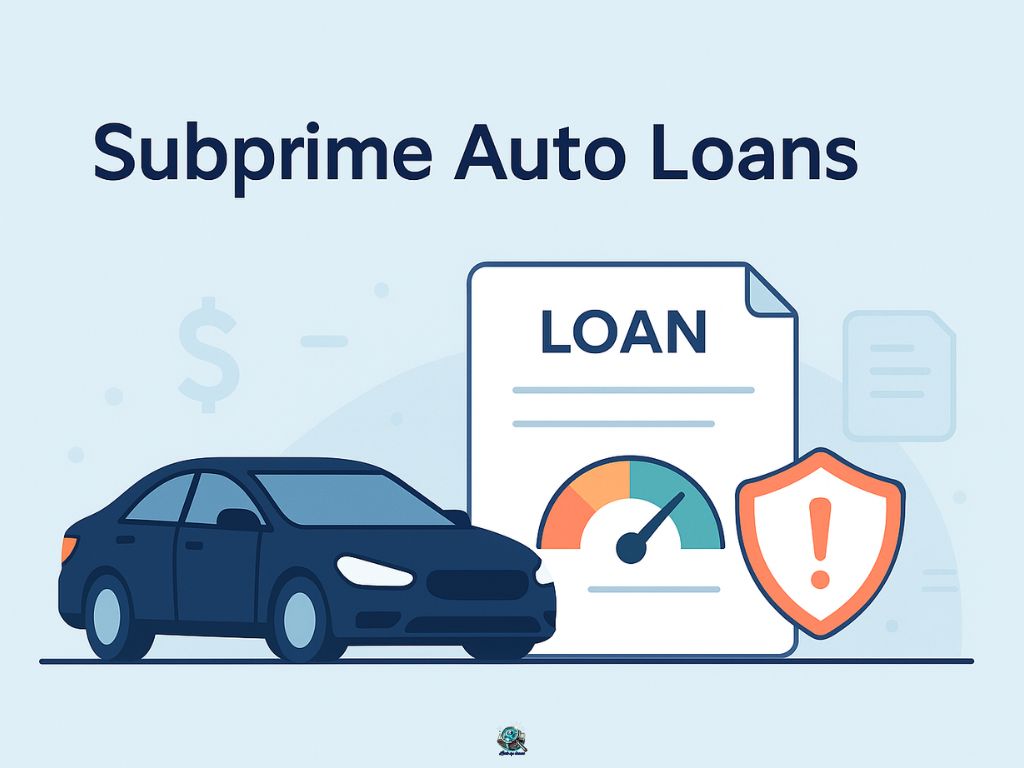
Best Subprime Auto Loan Lenders
Not every lender is built the same especially when it comes to subprime auto loans. Some offer fair rates and clear terms. Others bury you under high fees and brutal repossession policies.
Here are some of the better-known lenders for subprime auto loans:
- Ally Financial: One of the biggest players in the subprime space. Ally works through participating dealerships and offers flexible auto loan options for borrowers with less-than-perfect credit. Approval requirements vary by dealer.
- RoadLoans: Specializes in subprime and deep subprime lending. Offers direct-to-consumer loans online, often with fast approvals and pre-qualification tools that won’t hurt your credit.
- Capital One Auto Finance: Known for offering auto loans to a broad range of credit profiles. Their pre-qualification process is soft-pull (no impact to your credit score) and they have a strong dealership network.
- Credit Acceptance Corporation: Works mainly through dealerships to approve buyers other lenders might reject. Be cautious: their approval rates are high, but so are their reported interest rates.
- Local Credit Unions: Some credit unions are surprisingly flexible with bad credit borrowers. If you’re a member or can become one, you might find better rates and lower fees compared to national lenders.
Tip: Always compare offers. Just because a lender approves you doesn’t mean they’re giving you the best deal.

📊 Best Lender Comparison at a Glance
A quick comparison of lenders that work with subprime borrowers:
| Lender | Credit Score Range | Loan Amounts | Highlights |
|---|---|---|---|
| Ally Financial | 580+ | Varies by dealership | Works through dealers; flexible loan terms |
| RoadLoans | 550+ | Up to $40,000 | Direct online lender; quick approvals |
| Capital One Auto Finance | 580+ | $4,000–$50,000 | Soft-pull prequalification; large dealer network |
| Credit Acceptance Corp. | All credit considered | Varies | High approval rates; often higher APRs |
| Local Credit Unions | Varies | Usually $2,000–$30,000 | Lower rates; more personalized service |
💡 Tip: Local credit unions and regional lenders often offer the most flexible terms for rebuilding credit don’t overlook them when shopping for auto loans.

Deep Subprime Auto Loans Explained (and When to Avoid Them)
If your credit score has dipped below 580, you’re in deep subprime territory. And while getting a loan is still possible, the terms get much tougher and the risks get much bigger.
Here’s what you need to know before signing anything:
- Interest Rates Can Skyrocket: Deep subprime borrowers often face the highest auto loan rates on the market sometimes 20% APR or higher. That means a $10,000 car could cost you thousands more over the life of the loan.
- Repossession Happens Fast: Miss even one or two payments, and lenders in the deep subprime market won’t hesitate to repossess your vehicle often without much warning.
- Vehicle Choices Are Limited: Many lenders restrict deep subprime loans to used cars with lower values and sometimes require extended warranties or additional insurance.
- Some Lenders Are Predatory: Unfortunately, deep subprime borrowers are prime targets for shady lenders who charge outrageous fees, bundle expensive extras into the loan, or hide brutal terms in the fine print.
Should you take a deep subprime loan? Sometimes it’s your only option like if you need a car to keep a job. But if you can delay, save up for a bigger down payment, or work on improving your credit even a little, you could avoid some of the worst terms.
Bottom line: If you absolutely must borrow, know exactly what you’re getting into and fight for the best possible deal.
The Federal Reserve Bank of St. Louis reports that deep subprime auto loans carry a delinquency rate nearly three times higher than prime loans as of Q1 2025. That means even one missed payment can quickly spiral into repossession or collections.
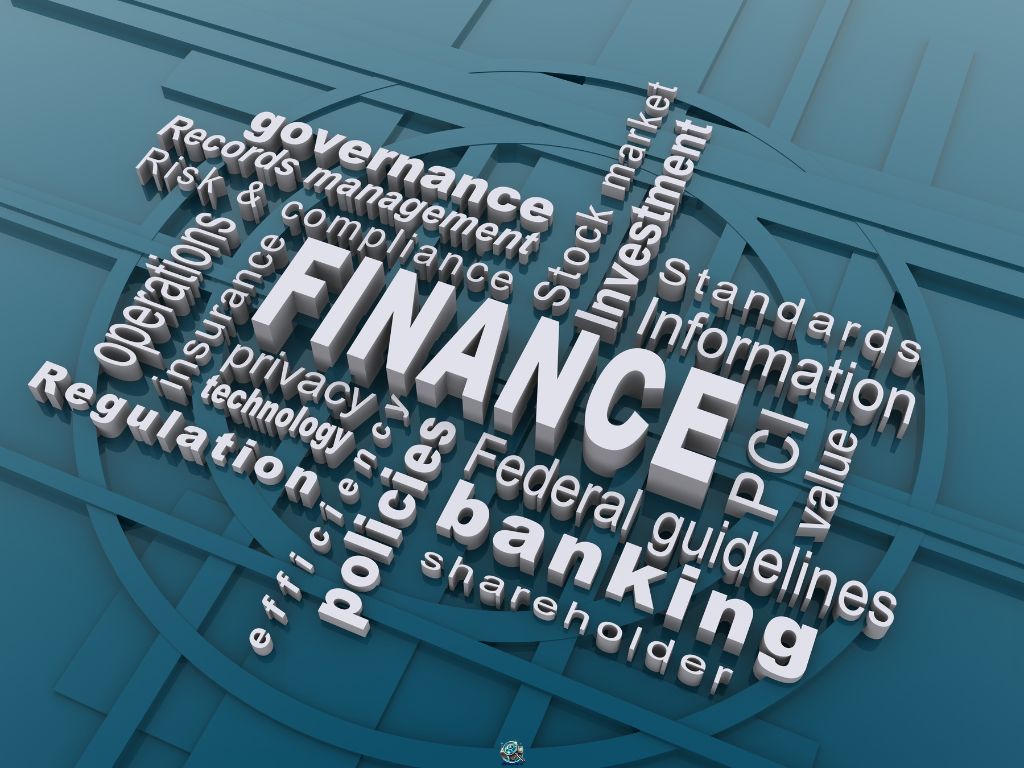
Risks of Subprime Auto Loans
Subprime auto loans make it easier to get approved but they come with strings attached. Big ones.
Here are the risks you need to watch for before you sign anything:
- Sky-High Interest Rates: It’s not unusual for subprime borrowers to pay two or three times the interest rate that prime borrowers get. Over time, that means paying thousands more for the same car.
- Owing More Than the Car Is Worth (Upside-Down Loans): High interest + rapid car depreciation = a dangerous combo. You could end up owing more than the car’s value long before the loan is paid off.
- Hidden Fees and Add-Ons: Some lenders pad loans with unnecessary extras like service contracts, insurance products, and administrative fees all rolled into your monthly payment without you realizing it.
- Fast Repossession: Miss a payment or two? Some lenders repossess aggressively, leaving you without a car and still owing money if the sale doesn’t cover your loan balance.
- Credit Score Damage: Defaulting on a subprime loan doesn’t just take your car. It sinks your credit score even deeper, making it even harder to borrow in the future.
Bottom line: A subprime auto loan can get you on the road but if you’re not careful, it can also trap you in years of high-cost debt you can’t easily escape.

⚠️ Risks of Subprime Auto Loans
| Risk | Why It Matters |
|---|---|
| Sky-High Interest Rates | You could pay two to three times more than prime borrowers, adding thousands to the total cost of your car. |
| Upside-Down Loans | High rates and fast depreciation mean you may owe more than the car is worth long before payoff. |
| Hidden Fees & Add-Ons | Lenders may bundle costly extras like insurance or service contracts, inflating your monthly payment. |
| Fast Repossession | Miss one or two payments, and lenders can quickly take back your vehicle, leaving you without transportation. |
| Credit Score Damage | Defaulting tanks your score even further, making it harder and more expensive to borrow in the future. |
💡 Tip: Before signing, calculate your total repayment including interest and fees. If the number makes you pause that’s your sign to negotiate or walk away.

How to Get the Best Deal on a Subprime Auto Loan
Getting approved for a subprime auto loan isn’t the finish line, it’s the starting point.
The real difference between a good deal and a financial trap happens before you apply and right before you sign.
Here’s how to position yourself for the best possible loan, even when your credit isn’t perfect.
1. Prepare Before You Apply
Before lenders see your application, make sure your finances tell the right story. Preparation gives you leverage not luck.
- Know your credit score and fix small errors. Even a 20–30 point improvement can lower your APR significantly.
- Gather your documents early. Proof of income, employment, and residence are must-haves for fast approval.
- Pre-qualify with multiple lenders. Use soft-pull tools (like Capital One or RoadLoans) to compare offers without hurting your score.
- Set your budget, not just your loan amount. Consider insurance, maintenance, and taxes, not just the car payment.
- Read every pre-approval condition carefully. Some restrict car age, mileage, or dealership options.
Preparation isn’t just about paperwork’ it’s how you prove to lenders you’re worth the risk.
2. Improve the Offer Before You Sign
Once you have pre-approvals in hand, it’s time to optimize the deal. Your goal is to pay less overall, not just monthly.
- Increase your down payment. Putting more money upfront reduces the amount financed and can shave points off your APR.
- Apply with a co-signer. A creditworthy co-signer can unlock lower rates and longer terms.
- Compare total loan costs, not just monthly payments. A “cheap” monthly rate can still hide expensive add-ons.
- Negotiate terms beyond the rate. Ask about origination fees, prepayment penalties, and dealer extras.
- Choose the shortest term you can afford. You’ll pay less interest overall and avoid being “upside down.”
- Walk away from “no credit check” or “guaranteed approval” lenders. These are classic predatory tactics.
The best deal is rarely the first offer you receive, it’s the one you create through preparation and negotiation.

🧾 Smart Borrowing Table: Subprime Auto Loan Strategy
If you’re navigating subprime auto financing, these smart moves can help you protect your credit and minimize long-term costs.
| If You… | Better Move | Why It Helps |
|---|---|---|
| Need a car quickly but have poor credit | Get pre-qualified with at least 3 lenders | Lets you compare true APRs and avoid high-pressure dealer financing |
| Have some savings available | Make a larger down payment | Reduces total loan cost and risk of negative equity |
| Know someone with strong credit | Ask them to co-sign | Lowers interest rates and boosts approval odds |
| Already have loan offers | Negotiate total cost, not just monthly payment | Keeps focus on real affordability and lifetime loan expense |
| Can only afford a long-term loan | Scale down car budget instead | Prevents overpaying interest and reduces default risk |
| See “instant approval” or “no credit check” promises | Avoid those lenders | These often hide triple-digit APRs or illegal fees |
Bottom Line: Getting the car you need doesn’t mean surrendering to bad loan terms. By preparing early, comparing offers strategically, and negotiating confidently, you can turn a high-risk loan into a short-term bridge not a financial burden.
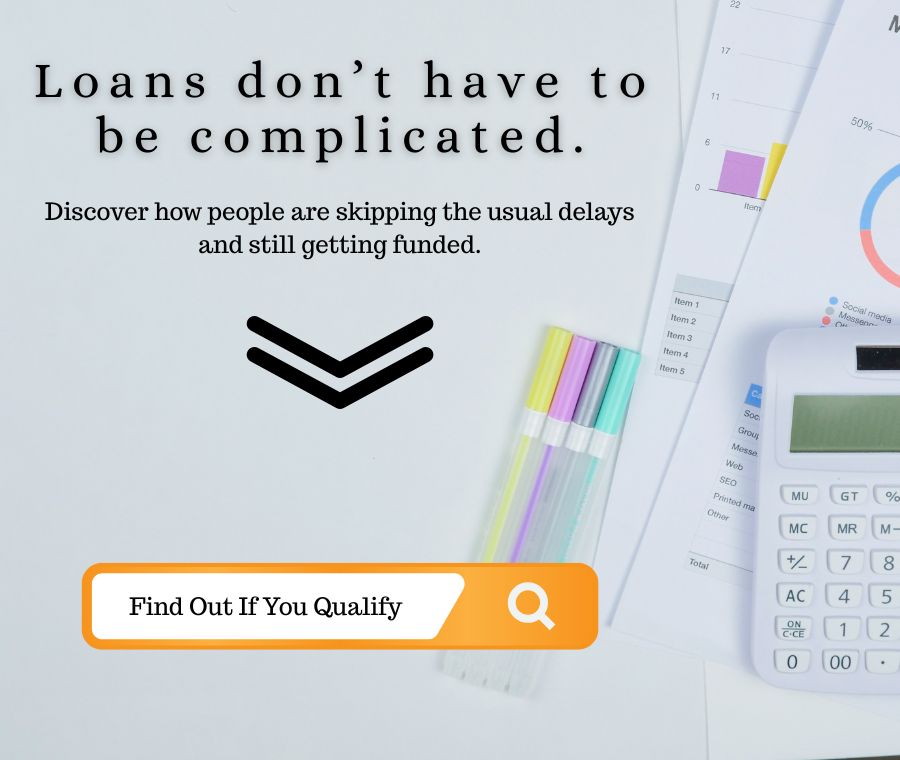
🚨 Pros & Cons of Subprime Auto Loans
| Pros | Cons |
|---|---|
| Lets you buy a car even with bad credit | Much higher interest rates than prime loans |
| Helps rebuild credit if payments are made on time | Greater risk of repossession if you miss payments |
| Often faster approval compared to traditional banks | Bigger required down payments |
| Sometimes available for older or higher-mileage vehicles | Hidden fees, add-ons, and stricter loan terms |
| A stepping stone to refinancing later at a better rate | Easily end up “upside down” (owing more than the car is worth) |
💡 Tip: A subprime auto loan can help rebuild credit but only if used strategically. Aim to refinance within 12–18 months once your credit improves to reduce your interest costs significantly.
📊 Subprime Auto Lending Snapshot (2025)
A quick look at what the numbers say about today’s subprime auto loan market.
| Statistic | Figure | Source |
|---|---|---|
| Share of U.S. auto borrowers considered subprime | 14.6% | Experian Auto Finance Market Report (Q1 2025) |
| Average APR for deep subprime borrowers | 21.5% | Federal Reserve Bank of St. Louis |
| Subprime auto loan delinquency rate | 6.1% | CFPB Credit Market Data (2025) |
| Average loan term for subprime borrowers | 72 – 84 months | Edmunds Vehicle Finance Study (2025) |
| Repossession likelihood vs. prime borrowers | ≈ 3× higher | TransUnion Credit Risk Report (2025) |
💡 Key Takeaway: Even though subprime auto loans remain a lifeline for millions, the data tells a clear story: the cost of risk adds up fast. Knowing these averages helps you recognize when an offer is fair and when it’s a financial trap.
Financial advisors from the National Foundation for Credit Counseling (NFCC) recommend treating subprime auto loans as short-term bridges not long-term solutions while focusing on credit-repair steps from day one to qualify for refinancing sooner.
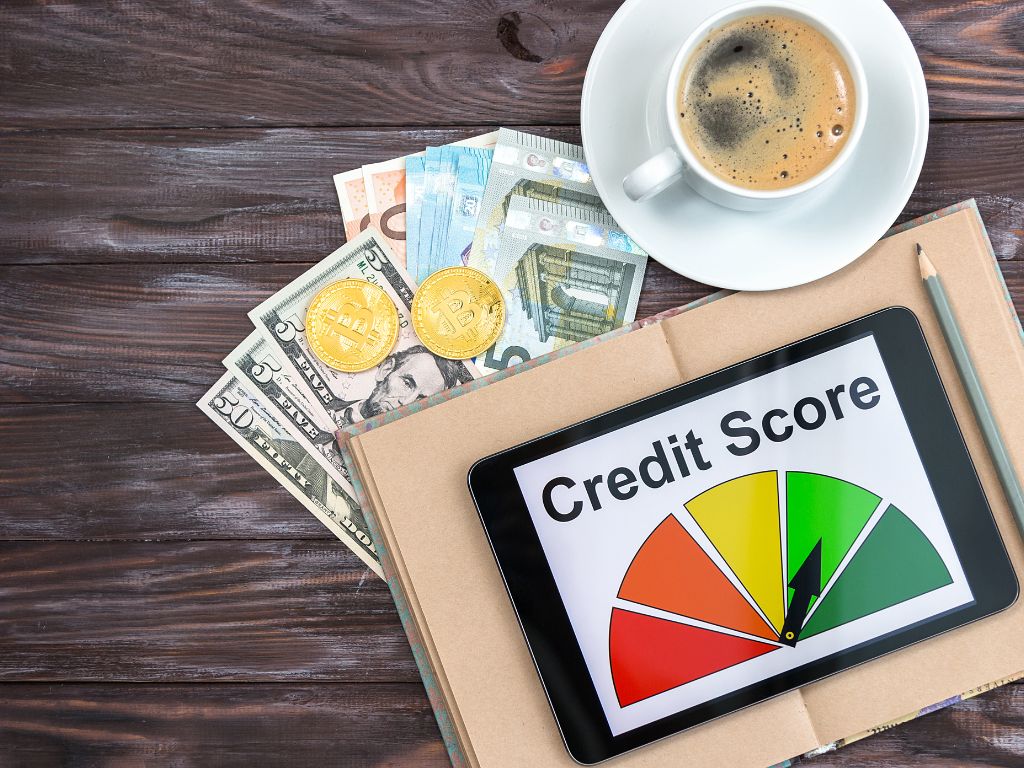
Conclusion: Get the Car You Need Without the Debt You Don’t
Subprime auto loans make car ownership possible when your credit is working against you but they’re not free passes.
Every approval comes with fine print. Every low monthly payment could be hiding a long-term financial trap.
The key is to borrow smart:
- Understand how subprime loans really work.
- Know what terms to fight for and what risks to avoid.
- Stay focused on the long game, not just driving off the lot today.
Your goal isn’t just to get a car. It’s to get a car and keep your financial future intact.
Take your time. Ask the hard questions. Protect yourself. The right loan is out there but only if you know how to find it.
If you’re not just looking at car loans, check out our complete guide on subprime loans and how they work.
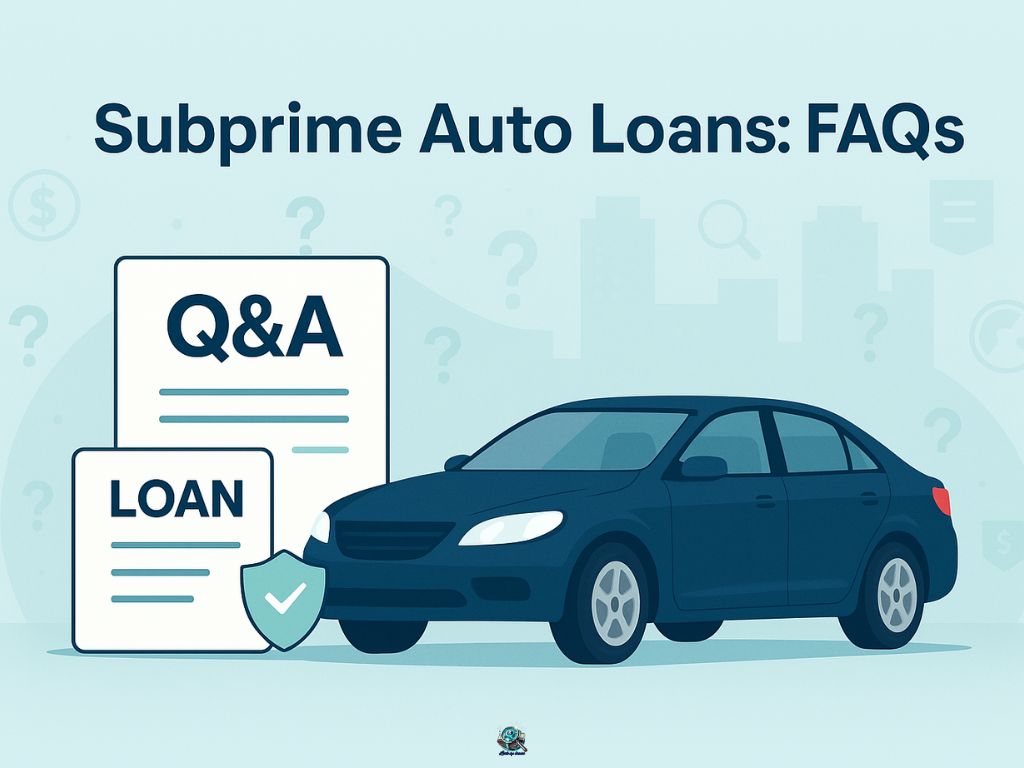
FAQs About Subprime Auto Loans (2025 Edition)
What exactly is a subprime auto loan?
A subprime auto loan is a car loan for borrowers with lower credit scores (typically below 620). These loans make vehicle financing possible when banks and prime lenders say no but they come with higher interest rates, stricter repayment terms, and larger down payment requirements.
What’s the difference between subprime and deep subprime loans?
Subprime loans usually apply to credit scores between 580–619, while deep subprime covers scores below 580. Deep subprime loans often come with higher APRs (20%+) and faster repossession risks if payments are missed.
What kind of interest rate should I expect in 2025?
For subprime borrowers, average APRs range between 10% and 20%, while deep subprime loans often exceed 20%. According to the Federal Reserve’s 2025 lending data, these rates are nearly triple what prime borrowers pay.
Can I refinance a subprime auto loan later?
Yes and you should plan to. If your credit score improves or your income stabilizes, refinancing into a lower-rate loan can save you hundreds (or even thousands) in total interest. Most borrowers refinance within 12–24 months of their original loan.
Will a subprime auto loan hurt or help my credit?
It depends on how you manage it. Consistent, on-time payments can actually improve your credit score, proving reliability to future lenders. But a missed or late payment can cause severe score drops and increase future borrowing costs.
Are subprime auto loans legal and safe?
Yes, they’re legal but not all are safe. Some lenders are transparent and regulated, while others bury fees or use aggressive collection tactics. Stick with lenders that clearly disclose the APR, term length, and total repayment cost before you sign.
How can I avoid getting trapped in a bad subprime auto loan?
- Compare at least three lenders.
- Check total loan cost, not just the monthly payment.
- Avoid “no credit check” offers; they’re often predatory.
- Use a bigger down payment to lower risk and interest.
The CFPB recommends reviewing all fee disclosures and loan terms in writing before you commit.
Is a subprime auto loan ever a good idea?
Yes if it’s strategic. It can make sense when:
- You need a car to keep employment.
- You can afford the payments comfortably.
- You have a clear plan to refinance or pay off early.
Used right, it’s a short-term bridge, not a long-term burden.
What happens if I can’t make a payment?
Missed payments can trigger late fees, repossession, and credit score damage. If you anticipate trouble, contact your lender before you default. Some lenders offer hardship extensions or deferment plans but only if you ask early.
What are safer alternatives to subprime auto loans?
- Credit unions: Often more flexible and capped rates for fair credit.
- Co-signed loans: Shared risk can unlock better terms.
- Buy-here-pay-here (BHPH) options should be last resort; they often charge extreme rates.
Improving your credit for even 3–6 months before applying can open far better options.
0 Comments